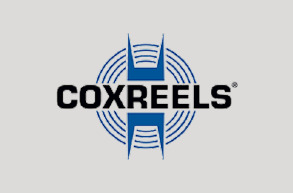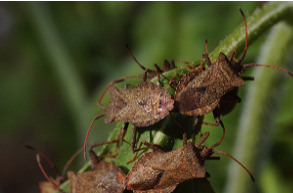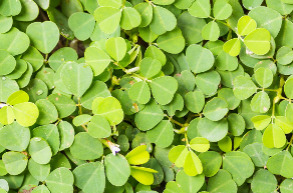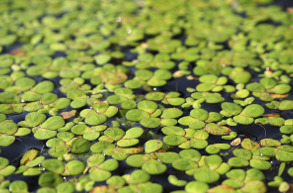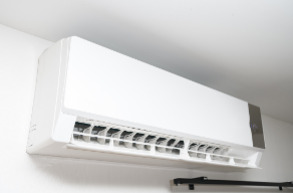Bermudagrass Control
Most Effective Products
Bermudagrass Control: How to Get Rid of Bermudagrass
Bermudagrass is a perennial grass sometimes mistaken for Crabgrass, but unlike Crabgrass, Bermudagrass does not die at the end of the growing season, continuing to return year after year where established. Native to harsh climates of Africa, Bermudagrass can tolerate a wide range of stressful conditions from heat to drought. Because of its durability, some lawn owners use Bermudagrass as their primary turfgrass.
Bermudagrass thrives in areas of high foot traffic such as sports fields, golf courses, and playgrounds. A dense Bermudagrass turf tolerates compaction and recovers rapidly from wear injury. The only situation where Bermudagrass cannot thrive is in moderate to heavily shaded sites.
If your lawn has been invaded by Bermudagrass, our step-by-step DIY treatment guide will show you exactly how to get rid of bermudagrass quickly and affordably.
Identification

Bermudagrass is a rough-textured grass with short, blunt edges. This invasive weed has above-ground roots known as stolons or runners that creep along the ground and form dense mats that make hand-pulling the grass difficult.
As mentioned earlier, Bermudagrass is often confused with Crabgrass. The way to tell them apart is that crabgrass has a wider grass blade and Bermudagrass is more slender. Also, Bermudagrass is more of a low-growing plant that basically grows horizontally with many small plants springing out from runners. When mature, Bermudagrass grows a seed head that looks like the foot of a bird.
Use the description and image above to help you to identify whether your weed is Bermudagrass. If you are having trouble identifying the weed, contact us and we will ID the weed for you and suggest treatment options.
Inspection

Where to Inspect
Bermudagrass is a tricky weed because it can grow both above and below the ground. For instance, it can grow above pavements and can reach out through stolons that can root down and form a new plant in another area. They can also develop underground stems called rhizomes. The roots will develop underground and spread.
Another thing about bermudagrass is that it loves heat and can tolerate drought, the only place where they are not likely to be found are in heavily shaded areas.
What to Look For
You should be looking for where Crabgrass is concentrated. Once you have determined how severe of a problem you have (a minor outbreak or taking over the entire lawn) you will then know where to focus your chemical herbicide applications.
Treatment
Once you have inspected for Bermudagrass you can move forward with treatment. When handling any pesticide be sure to wear the right personal protective equipment to cover your skin, eyes, nasal openings and mouth.
The top herbicide we recommend is Ornamec 170 Herbicide. This is a selective herbicide which means it will only target the Bermudagrass you want gone and will not do any damage to your desired grasses.
Step 1: Mix and Apply Ornamec 170

Before mixing Ornamec 170 into your sprayer, determine how much Ornamec you need by measuring the square footage of your target area by measuring (in feet) and multiplying the length and width of your lawn (length x width = square footage). Depending on the desired turfgrass you have you may be mixing between 1.3 fl. oz. to 2 fl. oz. per gallon of water to cover 1,000 sq. ft.
Once the product is well-mixed in your sprayer, apply the product to the Bermudagrass using a fan nozzle setting. Spraying a fine mist is best when applying herbicides to bermudagrass to ensure the grass is evenly coated. Even though Ornamec 170 is selective, be careful when using herbicides in general around your desired plants as they could potentially kill your wanted turf.
A repeat application within Zoysiagrass may be applied at 30 day intervals until fall. Repeat applications in tall fescue can be done 14 to 21 days apart from spring to fall. Complete control may take 1 to 2 growing seasons for either grass types.
Prevention

The best preventative measure against Bermudagrass is to maintain healthy, thick turf. Mow your turfgrass at the right height (3 to 3 ½ inches tall), water your grass to 6 inches two times a week and fertilize at the appropriate time and rate for your lawn type.
Mulching flower and plant beds will help lessen the risk of another bermudagrass takeover. Use edging in beds installed 6 inches into the soil to prevent the grass from spreading into and competing with your shrubs and flowers.
Key Takeaways
- Bermudagrass is an aggressive perennial grassy weed and because of its tendency to be stubborn and persistent, they are a challenge to control
- We recommend treating Bermudagrass outbreaks with Ornamec 170 Selective Herbicide.
- To prevent a return of bermudagrass after control, implement cultural practices to promote a dense, nutrient-rich turf.



















































